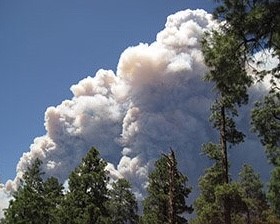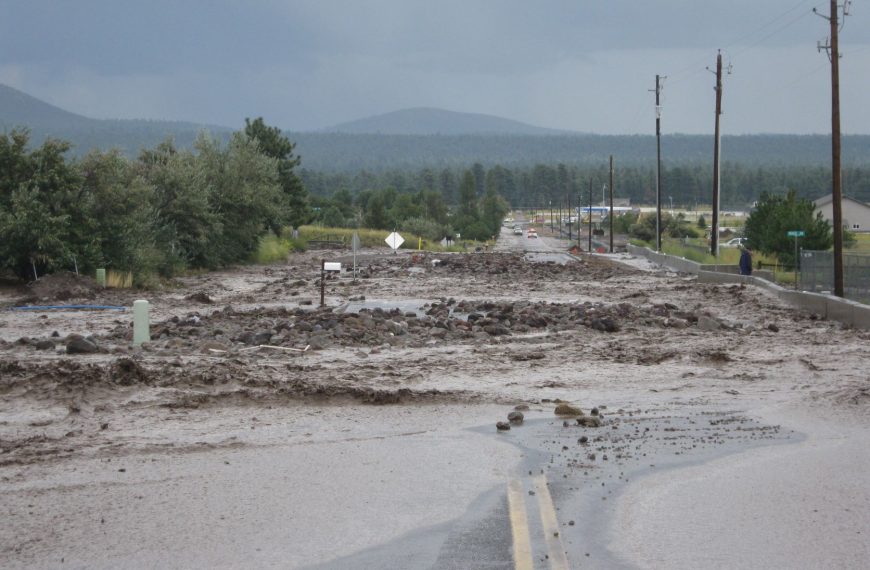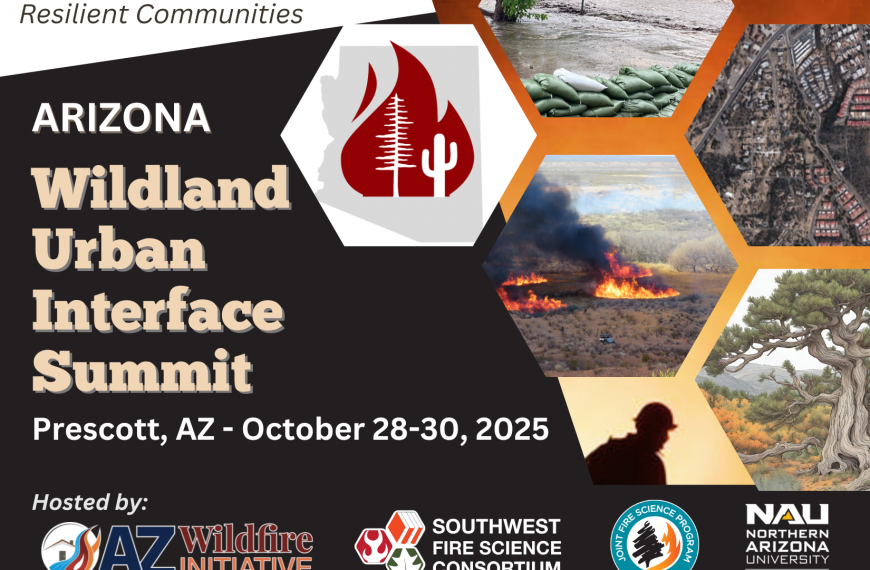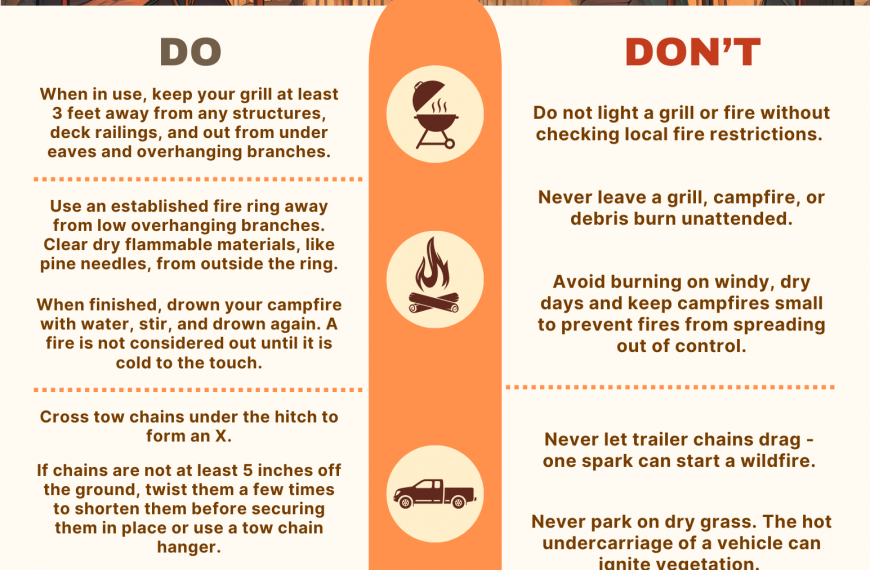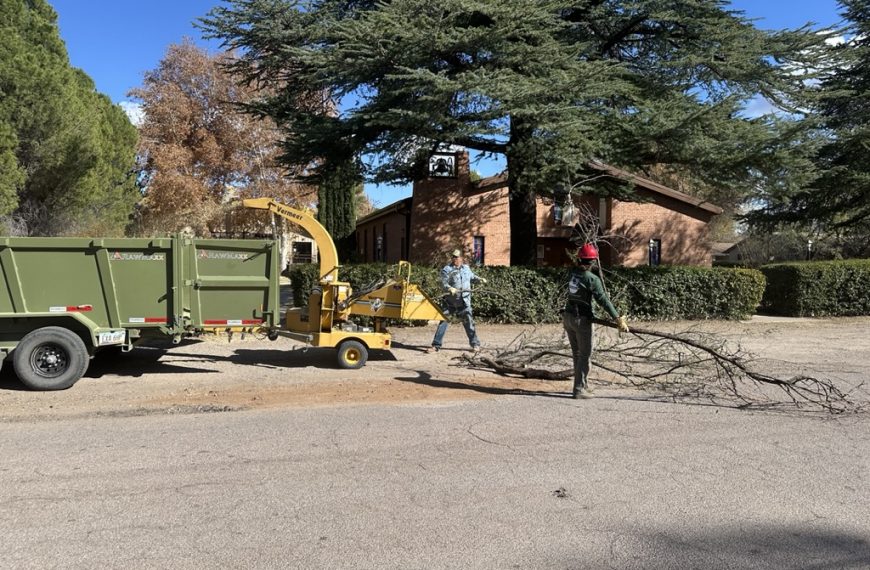Date: August 29, 2018 11am AZ/12pm MDT
Presenter: Kimiko Barrett, Headwaters Economics
As wildfires increase in size and severity, the costs to protect homes and lives similarly rise. Yet protecting communities represents a relatively small portion of the total costs of a wildfire—other short- and long-term impacts yield a variety of costs that often go unrecognized. In an analysis of five case studies—the Hayman (2002), Old, Grand Prix, and Padua Complex (2003), Schultz (2010), Rim (2013), and Loma fires (2016)—suppression costs averaged nine percent of total wildfire costs; additional short-term expenses and long-term damages accounted for 91 percent of total wildfire costs. Nearly half of all wildfire costs are paid at the local level by government agencies, non-governmental organizations, businesses, and homeowners. The remaining wildfire costs are paid at the state and federal level, or are paid by a combination of local, state, and federal organizations. Overall, short-term expenses such as suppression, relief aid, evacuation services, and home and property loss comprise around 35 percent of total wildfire costs. Long-term damages, which can take years to fully manifest, account for approximately 65 percent of total wildfire costs. Although wildfire costs greatly vary depending on factors within the built and unbuilt environment, increasing trends in climate change and development patterns favoring high-wildfire-risk areas suggest a parallel rise in total wildfire costs. Planning new communities and developments with consideration of wildfire risk is one way to accommodate growth while living alongside wildfires. View a recording of this webinar here!

